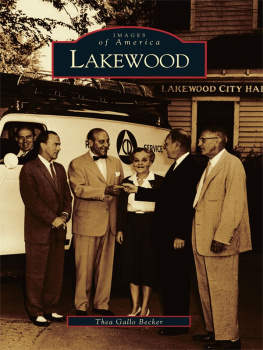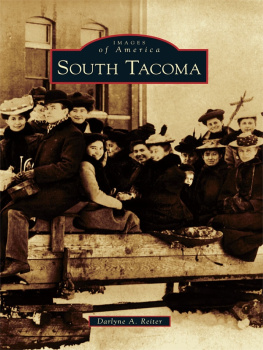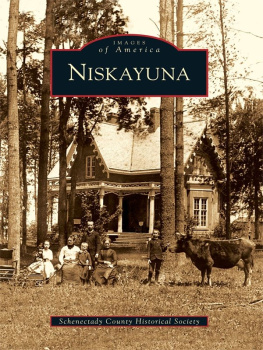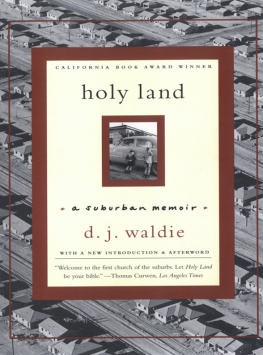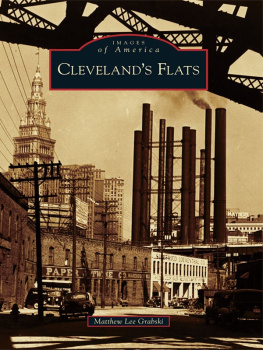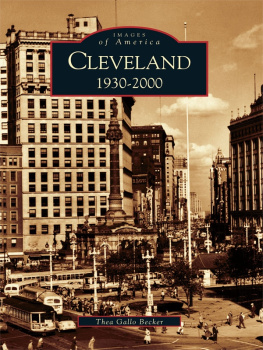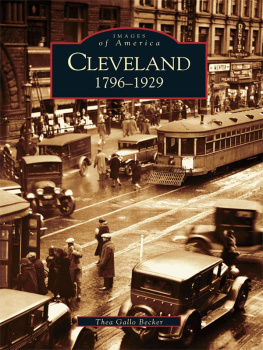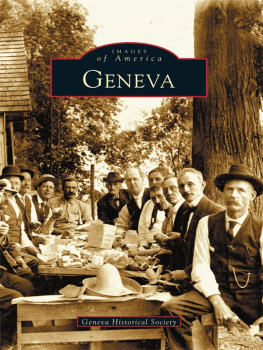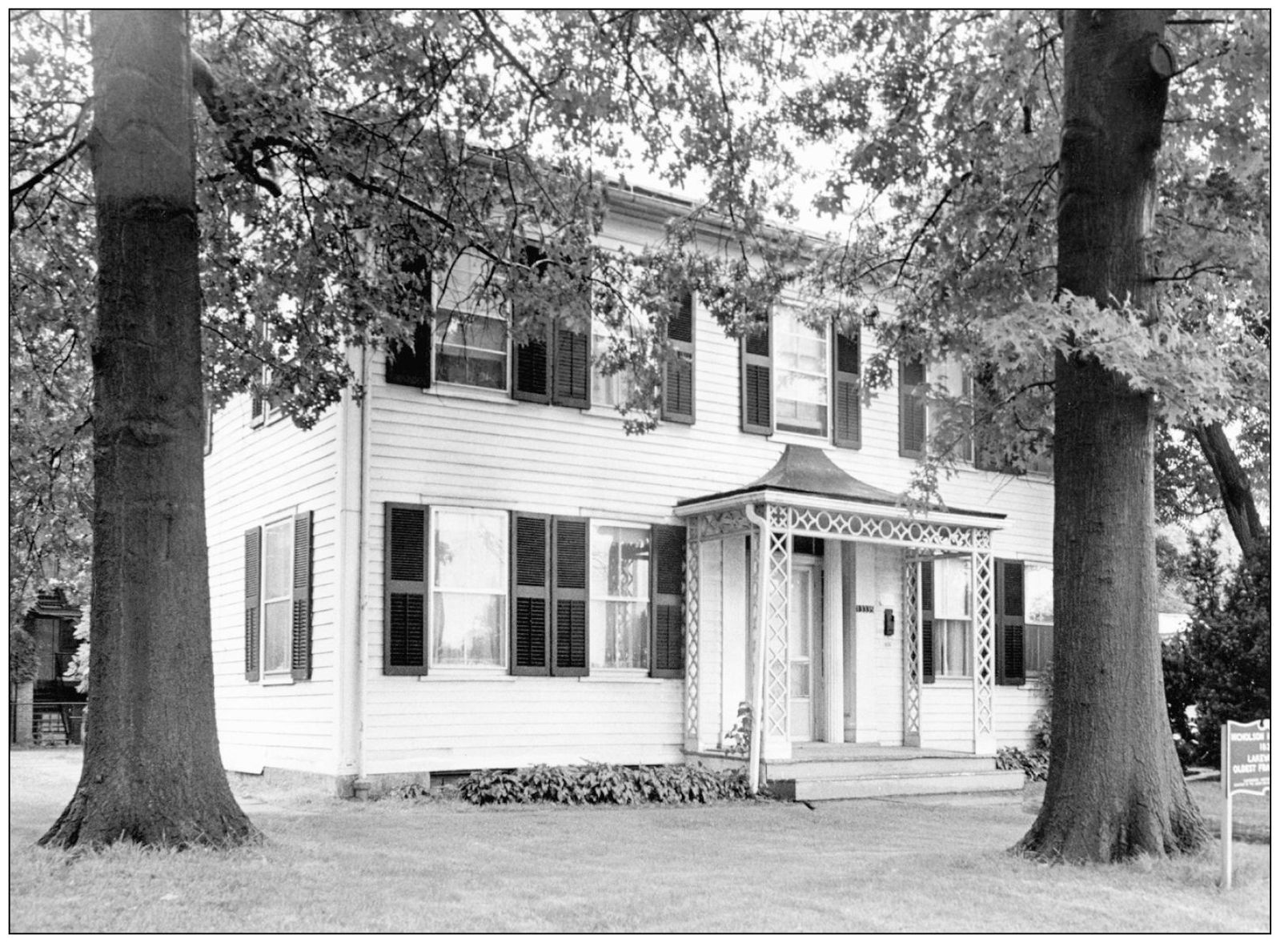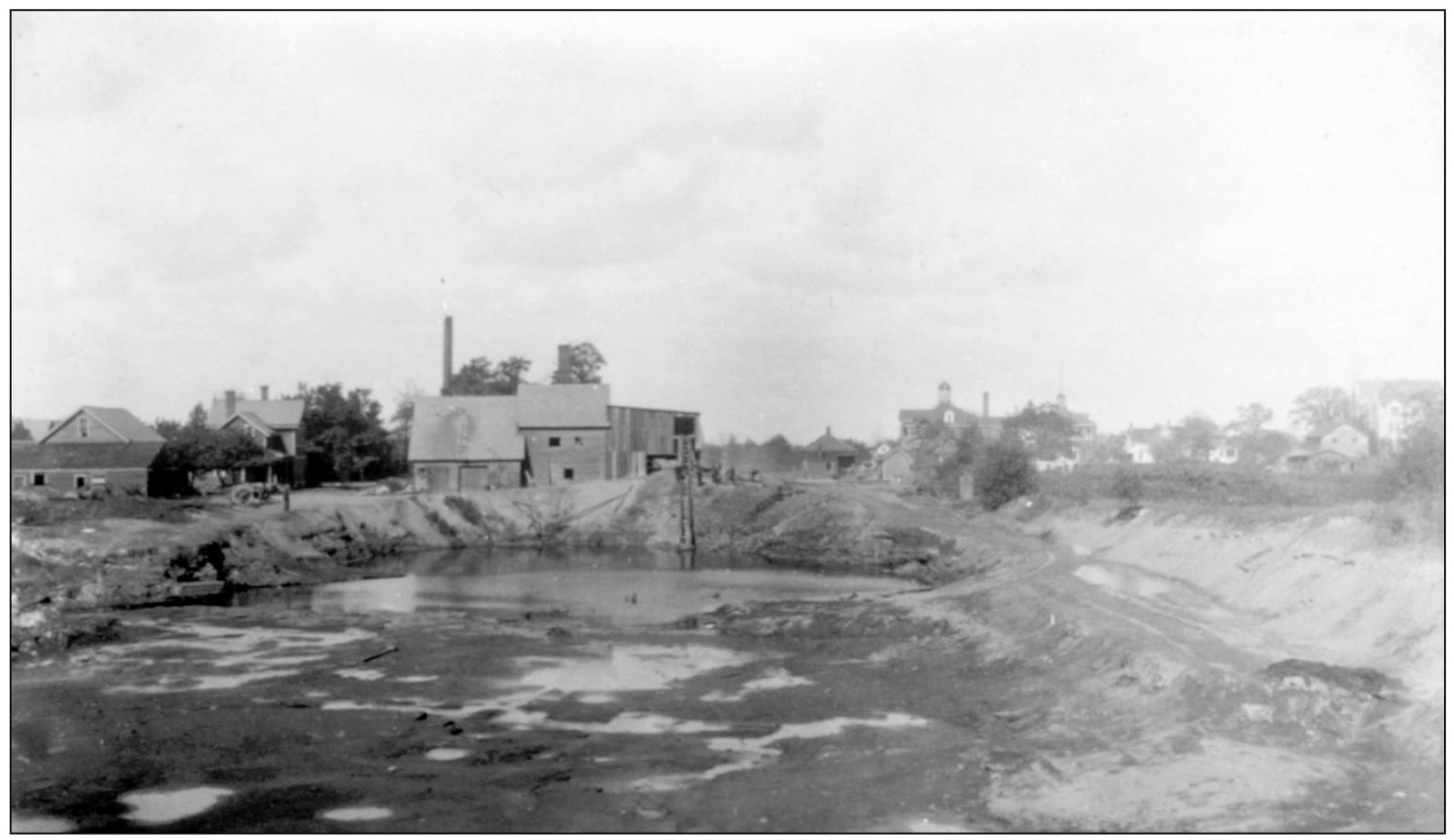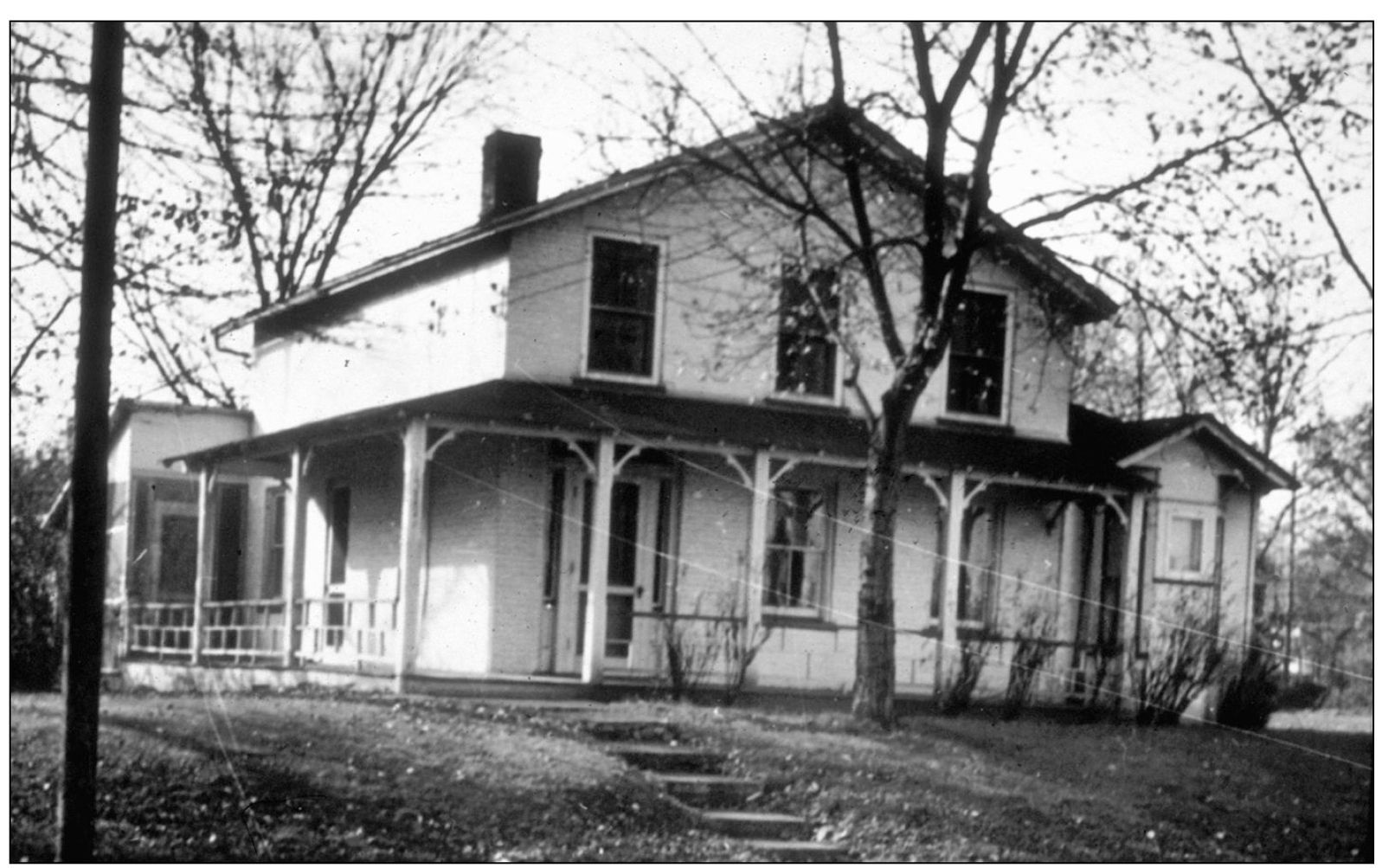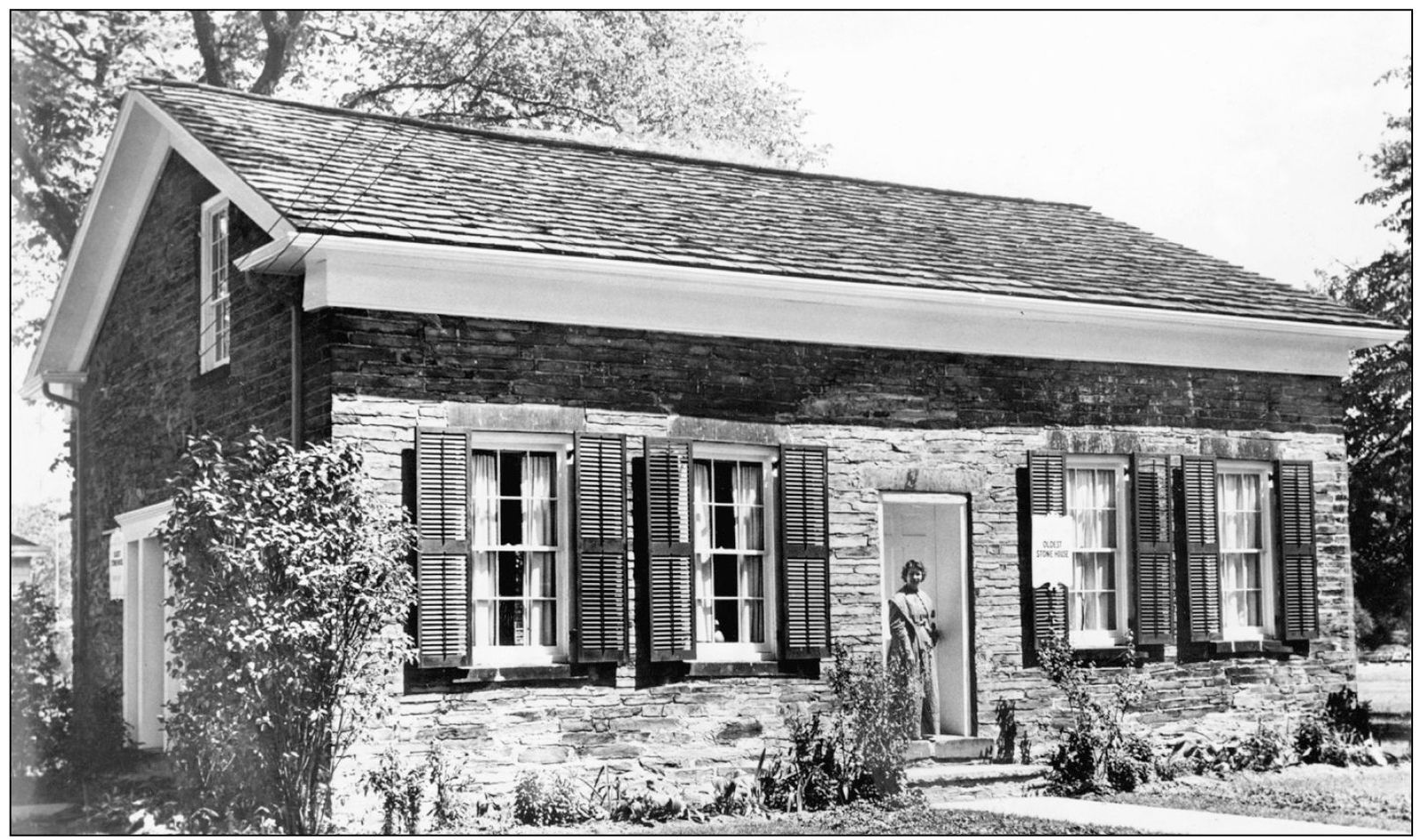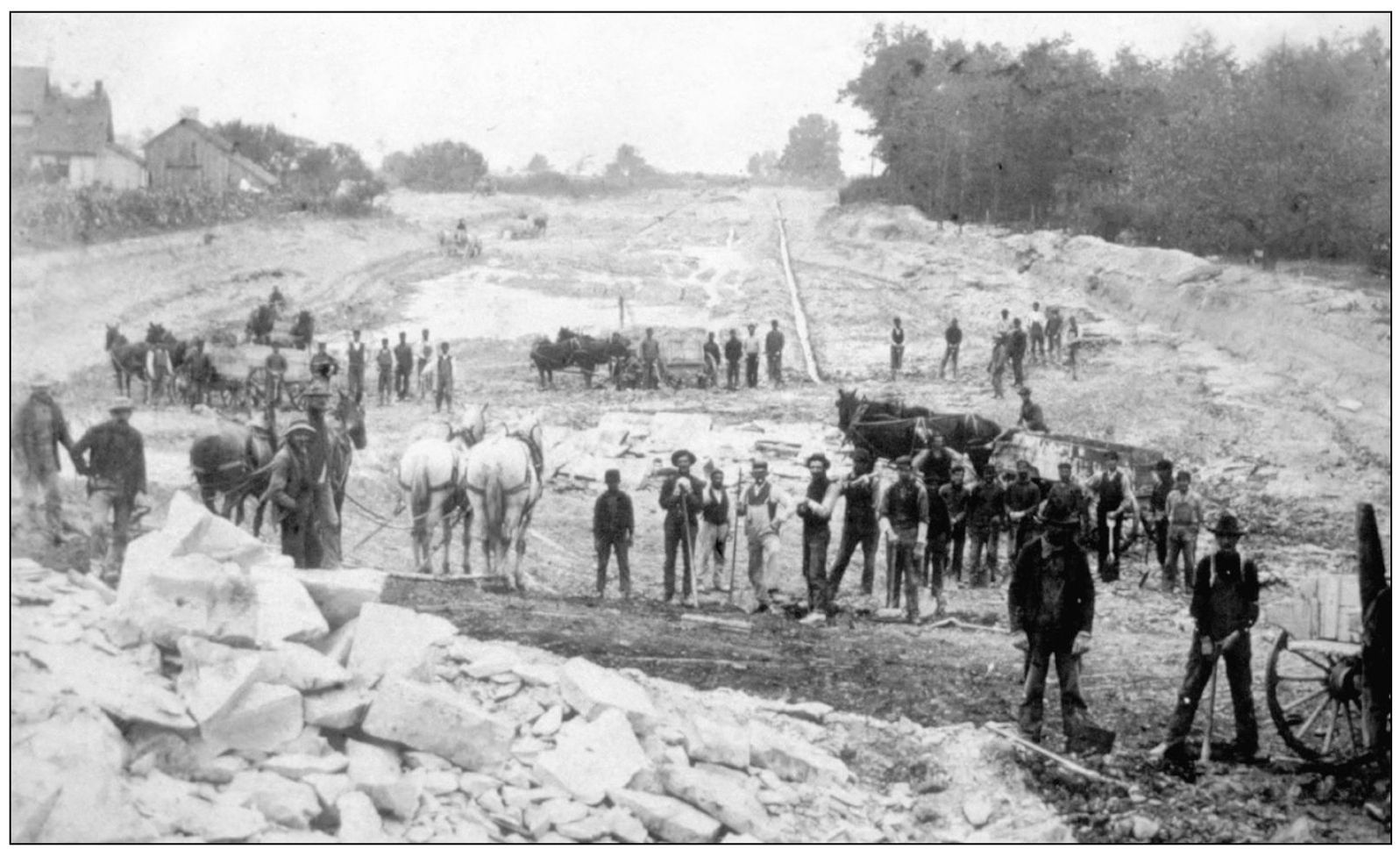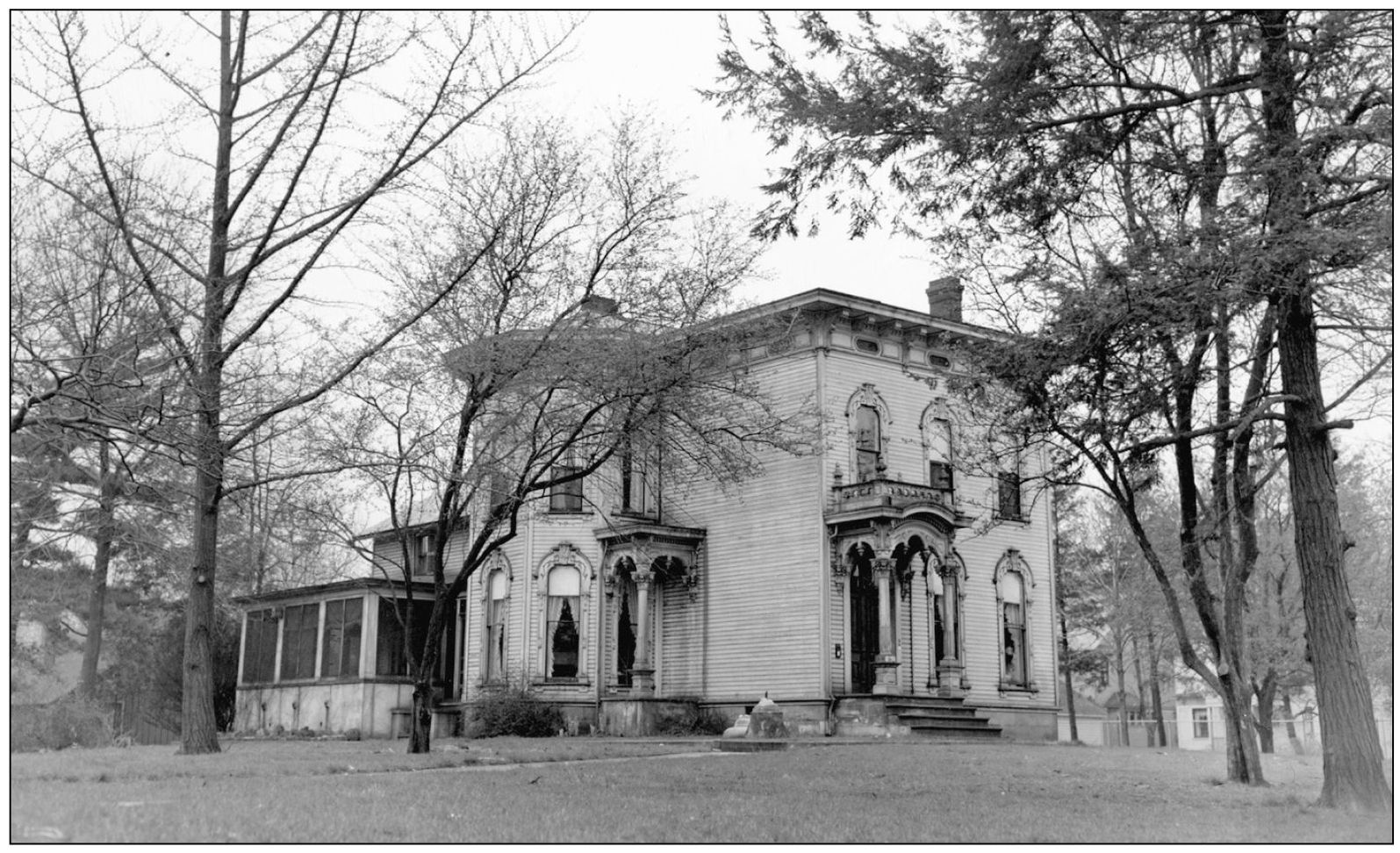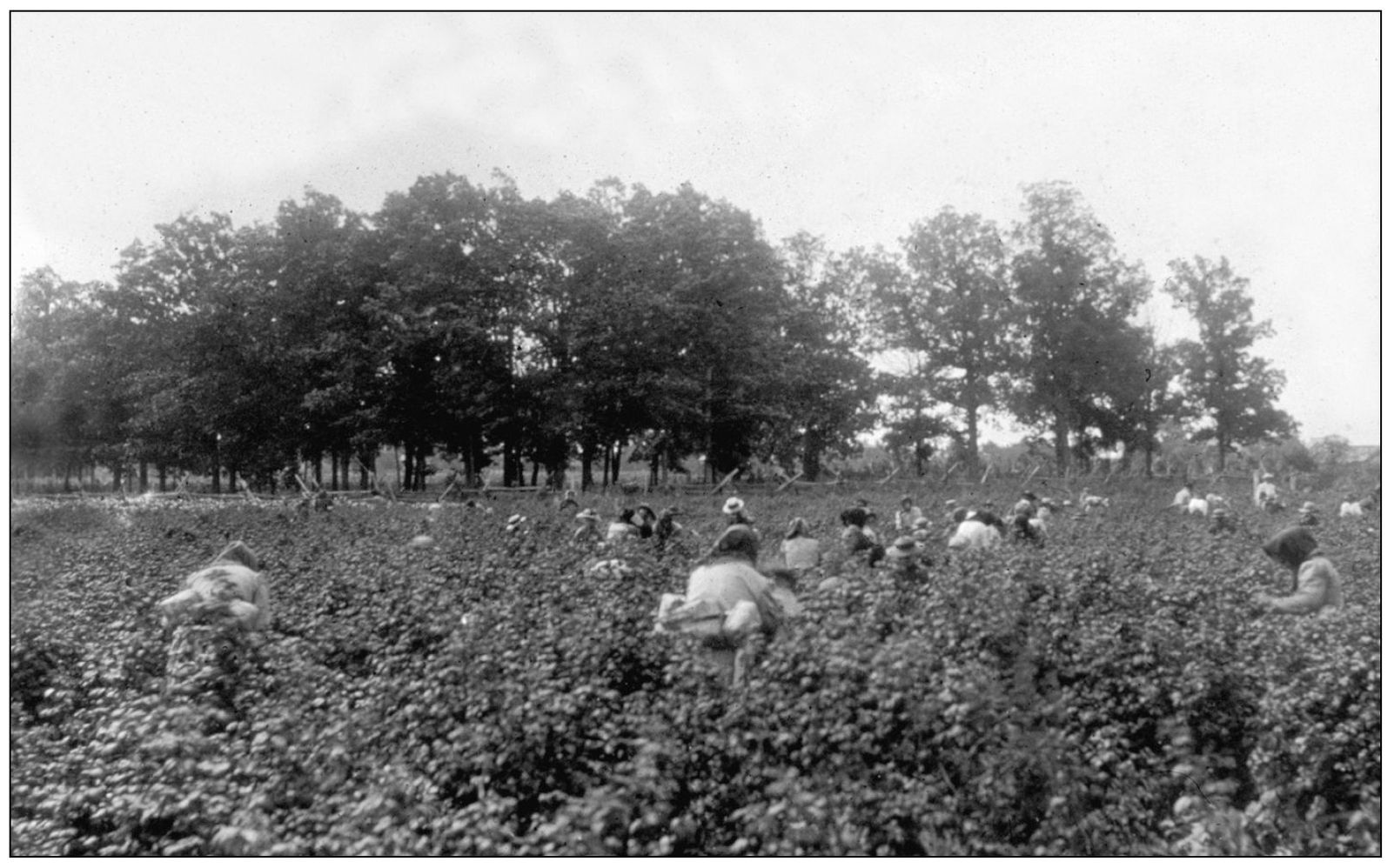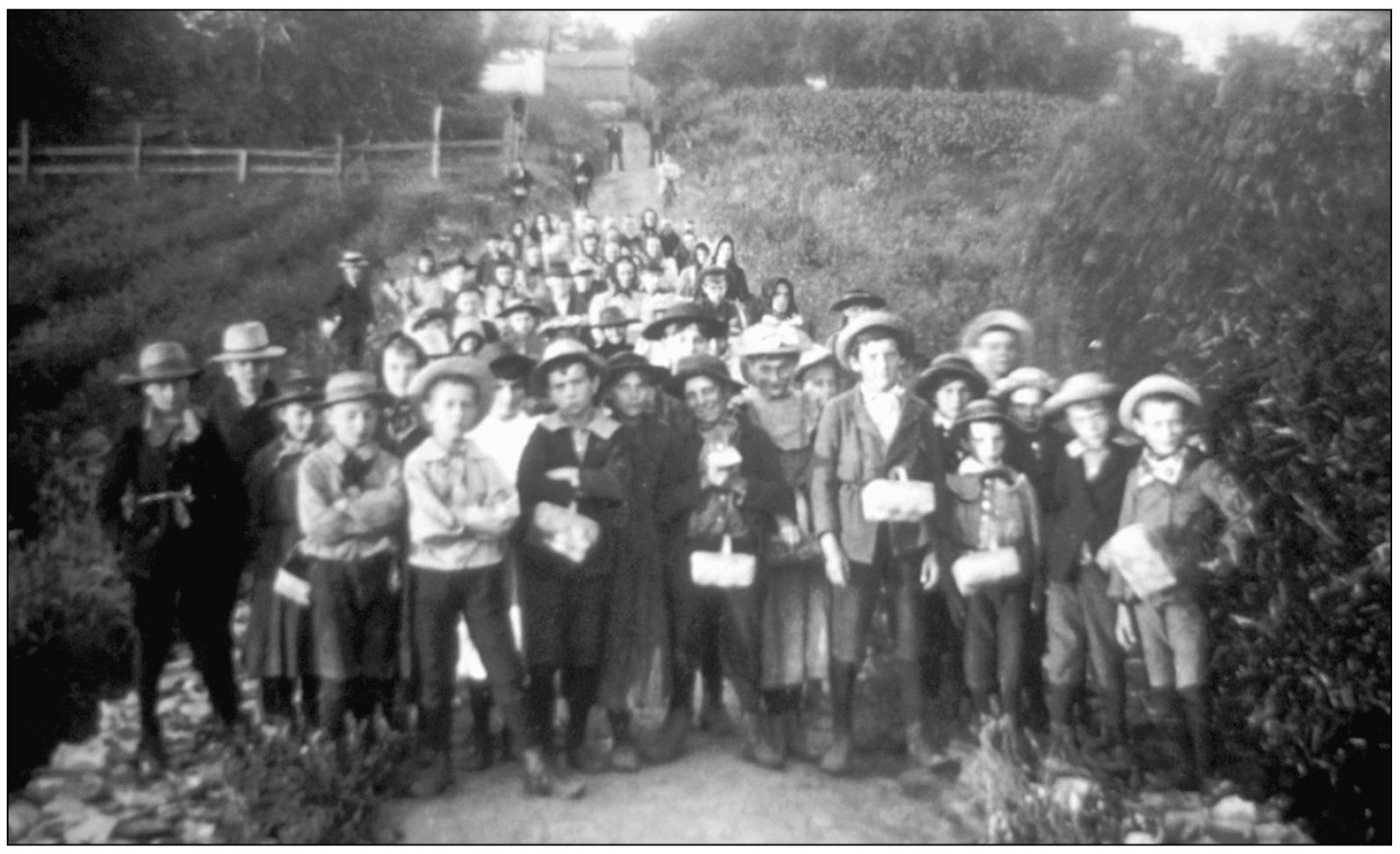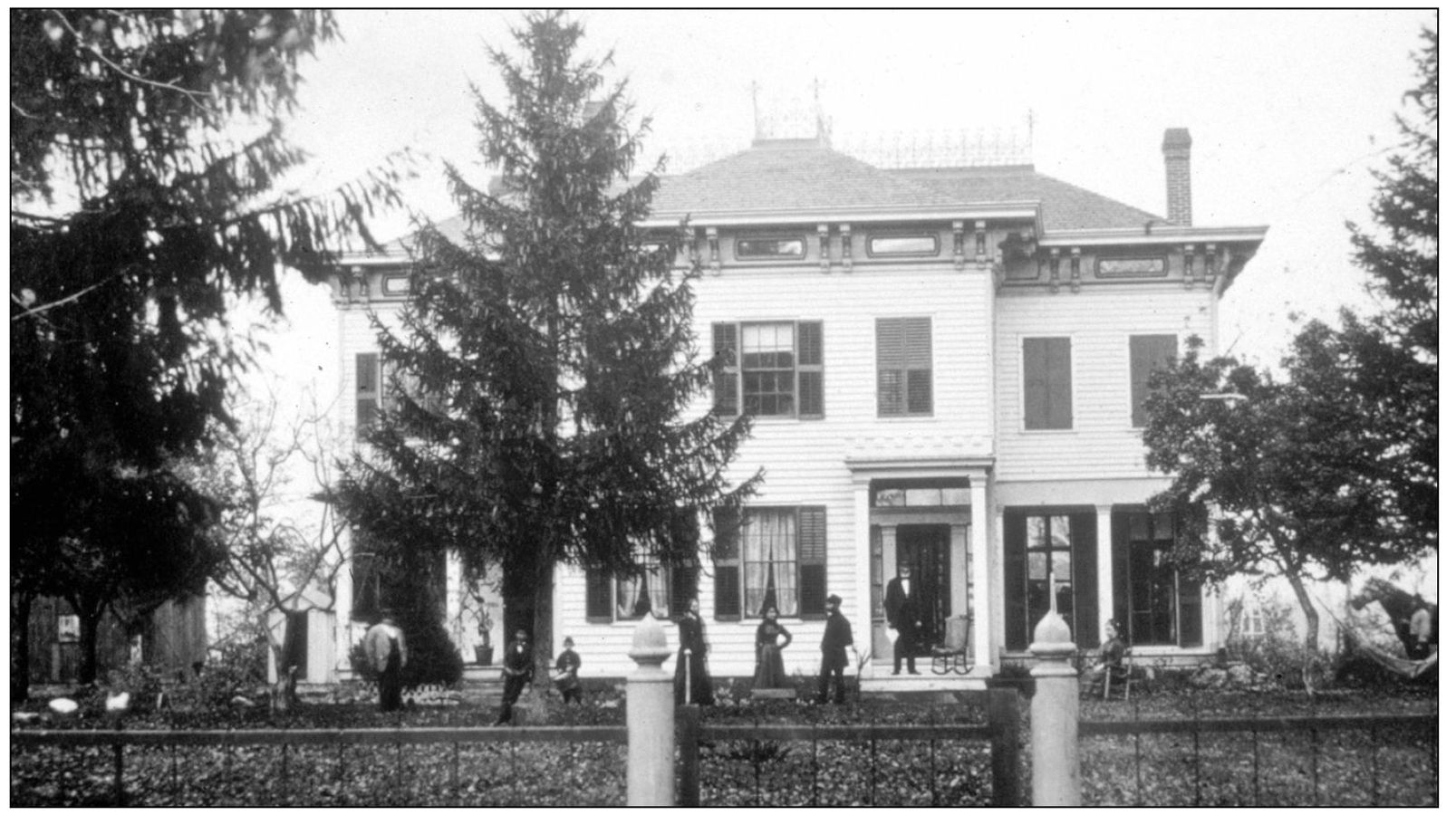One
FARMING, BUSINESS, AND INDUSTRY
THE JAMES NICHOLSON HOUSE. The oldest wooden frame house in Lakewood was built in 1835 by James Nicholson, the areas first permanent settler. Located at 13335 Detroit Avenue, this simple two-story white colonial is typical of the New England architectural style to which Nicholson was accustomed before he came to Rockport Township from Massachusetts in 1818. In 1979 the Nicholson house was placed on the National Register of Historic Places. (LHS.)
THE MAILE BRICKYARD. This 1910 photograph shows the brickyard of Christopher Maile, son of William R. Maile, Lakewoods earliest and most successful brickmaker and Hamlet trustee. Christopher Maile opened this brickyard on Hilliard Boulevard and Warren Road. The richness of the soil made brickmaking one of the earliest industries in Lakewood. Early settlers turned away from log cabins and used the sturdier brick or sandstone for building homes. (LHS.)
THE FIRST BRICK HOUSE IN LAKEWOOD. Price French, an early settler who came to Rockport Township in 1828, built the first brick house in Lakewood on the southwest corner of Detroit and Wyandotte Avenue. The two-story mustard-colored home used bricks made from clay, an abundant natural resource in Lakewood. The home featured an open front porch. Like many other historic homes on Detroit Avenue, it was razed for commercial use. (LHS.)
THE HONAM-HOTCHKISS HOUSE. In 1838 John Honam, a Scottish weaver, built a stone house on the northwest corner of Detroit and St. Charles Avenues. He used Berea sandstone dug from a nearby quarry. His daughter Isabelle resided in it with her husband, Orville Hotchkiss, until 1870. Margaret Manor Butler, standing in the doorway, curator of the Lakewood Historical Society, led a campaign to save Lakewoods oldest stone house. (LHS.)
CONSTRUCTION OF BELLE AVENUE. Many of Lakewoods early settlers purchased large tracts of land extending from Detroit Avenue down to Lake Erie. As land values appreciated from an original purchase price of about $10/acre to as much as $2,000/acre, landholders like Nicholson and Honam sold their interests. In this photograph workers are cutting a new road, Belle Avenue, named for Isabelle Honam-Hotchkiss whose family had owned the land. (LHS.)
THE JOHN C. HALL HOUSE. John Hall, the youngest child of Joseph and Sarah Hall, built this home at 16913 Detroit Avenue in 1875. The Hall family, prosperous fruit farmers, owned large tracts of land along Detroit Avenue on which they built magnificent homes. This Victorian mansion featured ceiling-high windows, large rooms, and marble fireplaces. After it was razed the site was used for a park before becoming home of the YMCA/YWCA. (LHS.)
THE HALL FRUIT FARM. John C. Hall was perhaps the wealthiest and most successful member of the Hall family, building up one of the largest and most productive fruit farms in the area. Here is an open field on the Hall farm, which extended north from Detroit Avenue to Lake Erie. Workers are busily picking fruit with small straw baskets tied to their sides. (LHS.)
THE BERRY PICKERS. Early settlers discovered that Lakewoods rich soil was ideal for growing fruit. Soon fruit farming became a thriving business. Grapes, strawberries, blueberries, apples, peaches, and pears grew in abundance as Lakewood became a major supplier of produce for Cleveland. Growers owned large estates on which workers, including entire families, tended the orchards and vineyards. Here a group of hearty children are toting their fruit baskets to harvest the days yield. (LHS.)
THE ANDREWS FAMILY HOME. One of the most prosperous fruit-growing families not only in Lakewood but all of Ohio was the Andrews family. They owned 80 acres of the richest land extending from Detroit Avenue north to Lake Erie between Andrews and Lakeland Avenues. In 1853 they built this elegant two-story Victorian home at 15316 Detroit Avenue. It was razed in 1948 for a shopping center plaza. (LHS.)

